Complex fertilizers for roses - a guarantee of growth and flowering
Usually, fertilizers for roses are laid in the spring in a hole or trench for planting. But over time, the soil is depleted, trace elements are washed out with irrigation, so the plants require periodic feeding. The most effective is the simultaneous feeding with several types of fertilizers, the quantitative composition of which is selected based on the structure of the soil, climatic conditions and the state of the plants.
Gardeners divide all fertilizers into the following types:
- organic;
- mineral;
- foliar.
To ensure good conditions for the development of rose bushes not only in spring and autumn, it is recommended to apply organic and mineral fertilizers together. Organic matter decomposes slowly, but improves soil structure. Mineral substances serve as fast food for plants and organic microorganisms, but an excess of mineral fertilizers contributes to soil petrification and the formation of salts, which inhibits the development of the root system.
Organic fertilizer for roses
Anything can be used to feed roses. types of organic fertilizersexcept for fresh manure. Fresh manure can burn the roots of plants, so it is advisable to use it at the stage of complete decay or half-life. For pouring under the bush, peat or vegetable compost is used, for the introduction of nutrients with water, infusions are used:
- chicken infusion is obtained by diluting chicken manure with water in a ratio of 1:20 if the litter is fresh and 1:10 if the litter is old. Insist in the shade for 5 days, diluted for irrigation with water 1: 3;
- cow infusion - prepared in the same way in a ratio of 1:10 from cow dung, insisted for 5-7 days, diluted for irrigation 1: 2;
- green fertilizer is used if there is no manure or droppings, it is obtained from a mixture of weeds before insemination, the leaves and stems of which are finely chopped into pieces, tamped in a plastic container and poured with water. After 10 days of fermentation, the finished infusion is diluted with water 1:10 for watering.
To increase the nutritional value of organic solutions, wood ash and superphosphate are added, based on the conditions of use, 1000 g or 500 g, respectively, for 50 liters of water.
Mineral fertilizers for roses
Mineral fertilizers include chemicals that have a beneficial effect on the growth and development of all plant systems:
- nitrogen - ammonium nitrate, urea - are necessary for the active growth of shoots, deciduous mass. An excess of nitrogen leads to a delay in flowering and a decrease in the number of inflorescences;
- phosphoric - superphosphate, double superphosphate, ammophos - provide lush flowering and ripening of young shoots in the fall before the onset of persistent frosts;
- potassium - potassium chloride, potassium sulfate, potassium magnesium, potassium sulfate - increase the frost resistance of bushes, improve the color of flowers, stimulate the movement of juices from one plant system to another, help roses to retain moisture in the stems and leaves.
The most universal is considered potassium sulfate, which combines the properties of phosphorus and potash fertilizers.
Foliar dressing of roses
Foliar dressing or leaf dressing can be carried out in autumn, summer and spring using both organic and mineral fertilizers. But with foliar dressing, solutions and infusions should be diluted with water twice as much as with watering at the root.Organic infusions (chicken, cow and herbal) must be strained to prevent small particles from getting on the leaves and clogging the sprayer.
- urea 30g per 10 liters of water;
- sodium humate - dissolve 10 g in 3 liters of water and then dilute 20 times;
- superphosphate - 50g per 1 liter of hot water, after complete dissolution, it is diluted in 10 liters of water;
- ash - 500ml is poured with a liter of water, after infusion, diluted in 10 liters of water and filtered.
Foliar dressing is carried out in warm dry weather with freshly prepared solutions. In the evening, drops of nutrient solution remain on the leaves for a long time, but abundant dew can interfere with the whole process. Foliar dressing does not affect the soil structure and is quickly absorbed by the plants.
Completely soluble plant fertilizers for roses have appeared on sale, which contain a full set of trace elements.
Fertilizing roses in spring
In spring, roses are processed as early as possible, before the active growth of buds and shoots begins, when a positive ambient temperature is established. Fertilization in spring is carried out in several ways:
- dropping organic fertilizers around the rose bush - 0.5 buckets of rotted manure;
- application of mineral fertilizers by dry method (applied only to wet soil with subsequent watering) 1 tablespoon of ammonium nitrate or urea is scattered under the bush;
- mulching with organic matter (rotted manure or garden compost) - feeds plants and protects the soil from drying out.
Urban flower growers can use ready-made complex fertilizers for roses, which the trading network offers in sufficient quantities. Before flowering, the amount of nitrogen fertilizers and the dose of potassium and phosphorus is increased, which are applied with aqueous solutions with irrigation or on a leaf.
There is no point in fertilizing young rose bushes planted last spring with organic matter, since a sufficient amount of it was introduced into the planting pits.
How to fertilize roses in autumn?
Abundant flowering inevitably leads to a weakening of the bush, therefore, in the fall, it is necessary to compensate for the loss of nutrients with competent feeding in the fall, so that the plant remains strong for the winter with good immunity:
- watering phosphorus-potassium fertilizers accelerate the ripening of shoots in the fall and stop their growth - 25 g of superphosphate and 10 g of potassium sulfate are taken for 10 liters of water;
- from September, exclude nitrogen fertilizing, which contribute to an increase in leaf mass and the growth of young shoots;
- in the fall with the onset of frost, you can sprinkle the soil under the rose bushes with rotted manure, mulch or matured compost, then in the spring the first top dressing can be done later.
Mineral fertilizers for roses in the fall are applied under the bush in the form of a solution or on a leaf. If autumn is rainy, watering should be stopped, and granular should be scattered under the bushes. Excess water pushes the plant to actively build up shoots, which is completely undesirable for the winter.
Fertilizing a room rose
All roses are fertilized according to the same scheme, but the room requires increased nutrition, since the volume of nutrient soil is limited by the size of the flower pot. It is recommended to start fertilizing a plant a month after transplanting into a new soil and fertilize it every two weeks using a complex mineral fertilizer. Many take indoor roses to the balcony or garden in the spring, then they need care. You have to water often, as the soil in the pots dries out faster. In autumn, adding for the winter, it is necessary for the entire period to provide the plant with an optimal air temperature of 12-15aboutC. Stop feeding and reduce watering to once every two weeks. Then, with the arrival of spring, the rose will delight you with active growth and abundant flowering.
How to fertilize a Chinese rose?
The Chinese rose (hibiscus) is very popular among indoor floriculture lovers, as caring for it is simple and easy as for any indoor rose.To get a luxurious crown and bright flowers, you need to provide proper care and effective nutrition to the plant. The Chinese rose must be fed, alternating organic fertilizers with mineral fertilizers, once a week during the entire period of active vegetation and flowering. The best option is to use ready-made complex water-soluble formulations for flowering ornamental plants. Fertilizing the Chinese, it is necessary to give preference to mixtures that include iron and copper chelate, which are necessary for full development and abundant flowering.
Signs of a rose nutritional deficiency
An experienced florist can always determine by the appearance of a rose what trace elements or chemicals it lacks for normal growth and choose the right ones. There are several external signs:
- if the leaves turn yellow, the shoots turn pale and the plant loses its leaf mass - this is a sign of nitrogen starvation. You can use a urea solution with watering under a bush or over a leaf, the result will be noticeable in two days;
- if the leaves turn brown along the edge of the plate and dry up, this indicates a lack of potassium, you can use a solution of potassium magnesium or an infusion of wood ash for watering;
- if the leaf plate turns yellow between veins that remain green - this is a lack of iron or manganese, foliar dressing should be done by spraying with a solution containing manganese or iron chelate.
Excess nutrients and over-fertilization lead to white spots on the leaves and inhibition of the growth of the bush.
Therefore, you should not especially get carried away with chemical solutions. In order for roses to grow strong and delight with abundant flowering, you need to choose resistant varieties, correctly determine the place of cultivation, adhere to the rules of planting, watering and feeding.
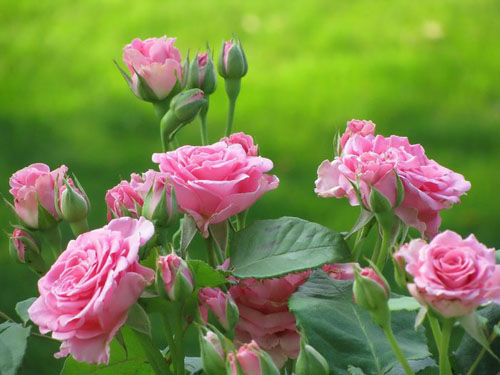
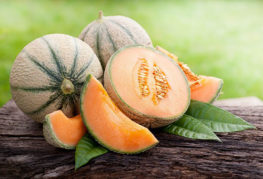
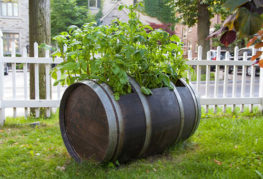
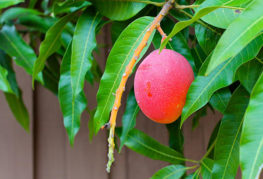
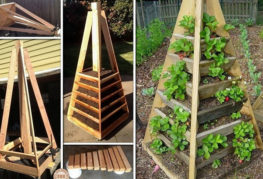
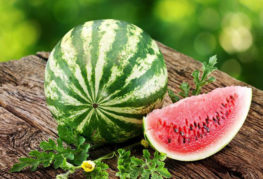
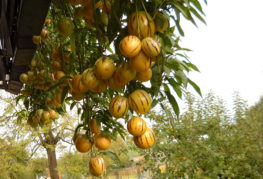
and will be published shortly.